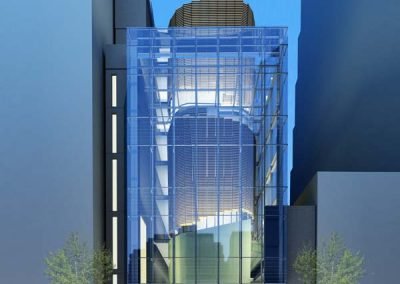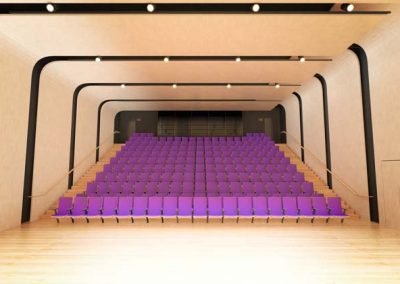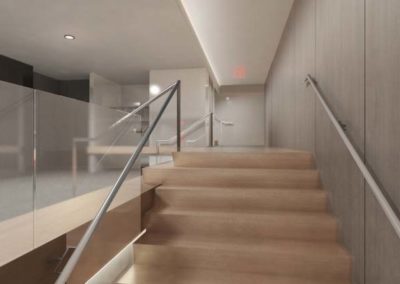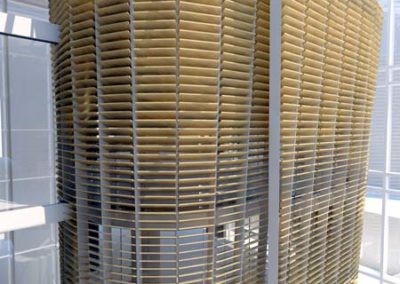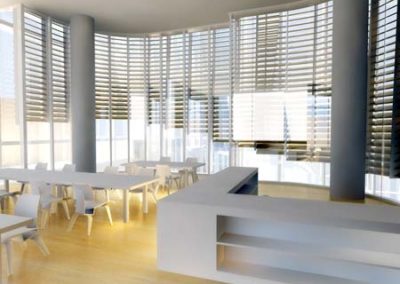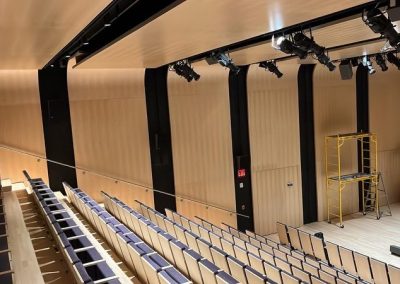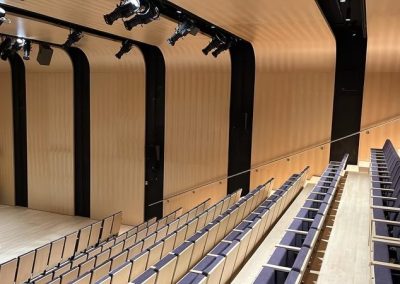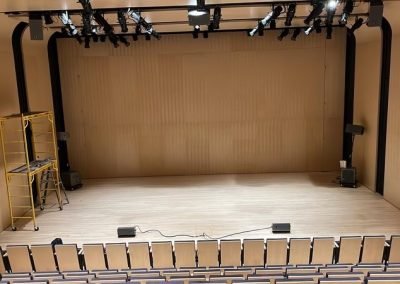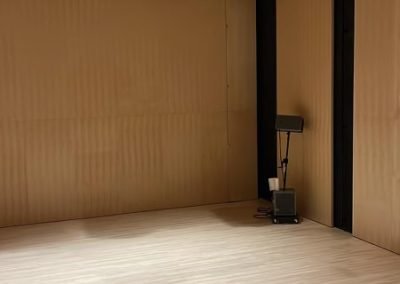Korean Cultural Center New York
122 E 32nd St., New York, NY 10016
The Space
The Project
The KCCNY retained the services of The WBG their General Contractor, to source, procure and install all Furniture, Fixtures, & Equipment (“FF&E”), architectural millwork and flooring for the organization’s new building on 32nd Street in Midtown Manhattan.

The WBG Ensured a Seamless Project from Start to Finish
The KCCNY project is a good illustration of how The WBG’s skills and expertise can simplify large projects by providing and coordinating multiple interior finish disciplines. Due to The WBG’s reputation as FF&E sourcing and procurement experts, The WBG was brought on to the project as a single source subcontractor, meaning The WBG was responsible for sourcing multiple disciplines for the project.
The KCCNY project is also a fine example of the FF&E capabilities The WBG possesses, as the project required the firm to source, procure, and install a variety of interior finishes in a single space. The following disciplines were the responsibility of WBG for this project:
